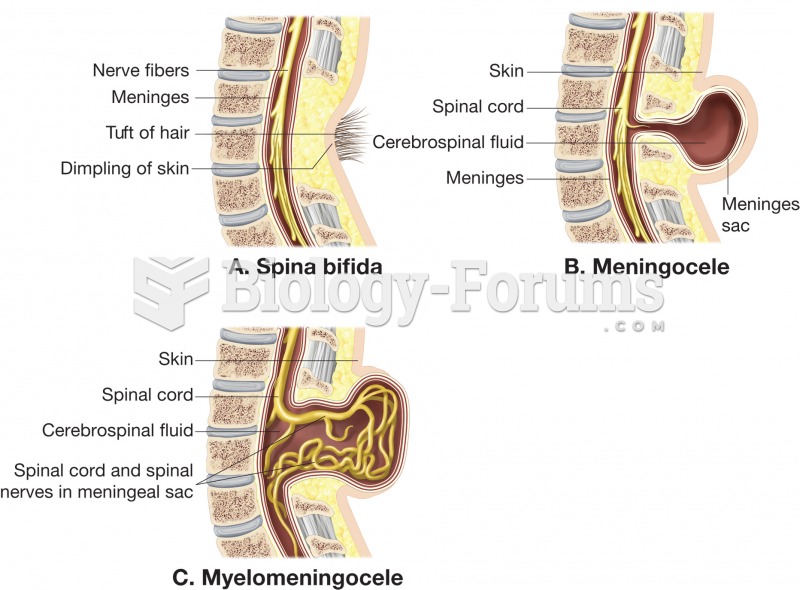Answer to Question 1
Answer: The economic structures of developed and developing countries are generally very different. Globally, jobs fall into three categories. These are primary jobs, which include agriculture, secondary jobs, which include manufacturing and tertiary jobs, which include services. It can generally be argued that the structure tends to shift the labor force from primary production to secondary and tertiary levels as a country develops.
The average per capita income is higher in developed countries because people typically earn their living by different means than in poor countries. Developing countries have a higher share of primary and secondary sector workers and a smaller share of tertiary sector workers than developed countries. The relatively low percentage of primary-sector workers in developed countries indicates that a handful of farmers produce enough food for the rest of society. The rest of the workforce, therefore, can contribute to an increase in the national wealth by working in the secondary and tertiary sectors.
Answer to Question 2
Answer: Development is about more than possession of wealth. In calculating the HDI, the United Nations considers three factors: a decent standard of living, access to knowledge, and a long and healthy life. Access to knowledge is believed to be essential for people to have the possibility of leading lives of value. In general, the higher the level of development, the greater are both the quantity and the quality of a country's education. For many in developing countries, education is the ticket to better jobs and higher social status.
The number of years a person attends school is considered the most critical measure of the ability of an individual to gain access to knowledge needed for development. This is because it is assumed that no matter how poor the school is, the longer the pupils attend, the more likely they are to learn something.
Data from two sources form the knowledge component of the HDI. These are tears of schooling and expected years of schooling. The number of years that people attend school is a very important measure of the level of development. For example, the average pupil attends school for about 11 years in developed countries, compared to approximately 6 years in developing countries. The second component is expected years of schooling. This is a measure of the number of years that an average 5 year old child is expected to spend with his or her education in the future. The United Nations expects that today's 5-year-old will attend an average of 16 years of school in developed countries and 11 years in developing ones.
When it comes to the quality of schooling, there are two measures of quality of education. These are student-teacher ratio and literacy rates. Generally, fewer students in classrooms tend to lead to better instruction and better outcomes. This index is better in developed countries generally. The literacy rate is the percentage of a country's people who can read and write. Almost everyone can read in developed countries. In the developing world, the picture is mixed. The literacy rate exceeds 90 percent in East Asia and Latin America, but is less than 70 percent in Sub-Saharan Africa and South Asia.







